Pests we Control
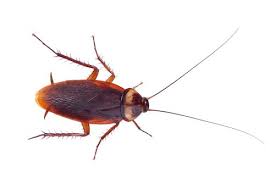
Cockroaches
Cockroaches are resilient pests known for their ability to thrive in a variety of environments, often becoming a significant problem in homes, restaurants, and other buildings. Effective management and control of cockroach infestations require a combination of methods and an understanding of their biology and behavior.
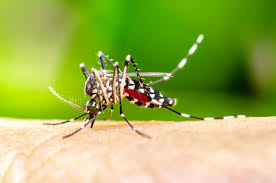
Mosquitoes
Mosquitoes are more than just a nuisance; they are vectors of serious diseases such as malaria, dengue fever, Zika virus, West Nile virus, and chikungunya. Effective mosquito control and management are crucial for public health and comfort. Here's an overview of strategies and methods for controlling mosquitoes:
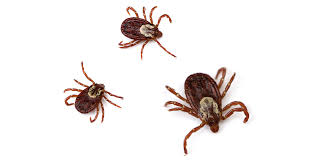
Ticks
Ticks are ectoparasites that feed on the blood of mammals, birds, and sometimes reptiles and amphibians. They are vectors of various diseases, including Lyme disease, Rocky Mountain spotted fever, and anaplasmosis. Managing tick populations and preventing tick bites are crucial for reducing the risk of these diseases.

Reptiles and mice
Reptiles, including snakes, are a diverse group of vertebrates that play important roles in ecosystems as both predators and prey. While many reptiles are harmless and beneficial, some species of snakes are venomous and can pose risks to humans and pets. Managing reptile populations, particularly snakes, involves understanding their behavior, habitat preferences, and implementing effective control and prevention strategies.
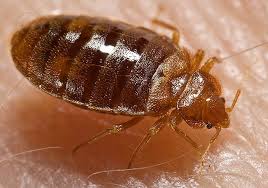
Bed Bugs
Bedbugs are small, wingless insects that feed on the blood of humans and animals, primarily at night. They are notorious for infesting homes, hotels, and other living spaces, causing significant discomfort and stress. Effective management and control of bedbug infestations require a thorough understanding of their biology, behavior, and the implementation of a combination of strategies.
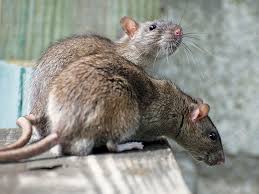
Rats and mice
Rats and mice are common pests that can cause significant damage to properties and pose health risks due to their potential to spread diseases. Effective management and control of these rodents require a comprehensive understanding of their biology, behavior, and integrated pest management (IPM) strategies.
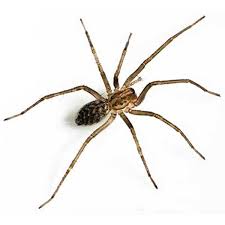
Spiders
Spiders are arachnids that play a beneficial role in the environment by controlling insect populations. However, they can become unwelcome guests in homes, especially if they are venomous or if their presence causes distress. Managing spider populations effectively involves understanding their behavior, habitat preferences, and implementing integrated pest management (IPM) strategies.
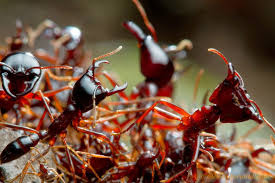
SafariAnts
Safari ants, also known as driver ants or army ants, are a group of highly nomadic and aggressive ants found predominantly in tropical regions of Africa, Asia, and the Americas. These ants are known for their large colonies and impressive hunting behaviors, making them both fascinating and potentially dangerous.
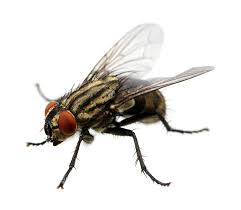
Housefly
Houseflies (Musca domestica) are common insects found worldwide, often considered a nuisance due to their presence in homes, businesses, and outdoor areas. They can transmit diseases and contribute to unsanitary conditions if not managed effectively. Understanding their biology, behavior, and implementing control measures is crucial for reducing their populations and minimizing their impact.
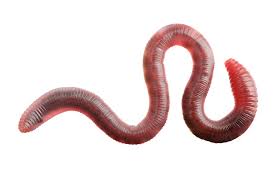
Worms
Worms, broadly speaking, can refer to various types of segmented, soft-bodied invertebrates found in diverse habitats ranging from soil and freshwater to marine environments. Here, I'll focus on earthworms, which are particularly important due to their ecological role in soil health and their impact on agriculture.
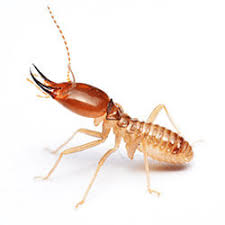
Termites
Termites are a significant pest problem due to their ability to cause extensive damage to wooden structures and other cellulose-based materials. Proper identification, prevention, and treatment are crucial for managing termite infestations.
Soil Treatments:
Apply liquid termiticides to soil around the foundation to create a chemical barrier.
Bait Systems: Use termite baits containing slow-acting toxins that worker termites carry back to the colony, eventually eliminating it.
Wood Treatments: Apply surface sprays, injections, or foams to infested wood and surrounding areas.
